Convair NX2 CAMAL bomber project (USA)
In the fifties, the American company Convair, together with other organizations, worked on the topic of strategic bombers with a nuclear power plant. The last project of its kind to go far enough was NX2 CAMAL. It was based on the most daring ideas that deprived the project of any prospects.
"Weapon system 125"
In the first half of the fifties, various US organizations carried out a lot of research and prepared a scientific and technical basis for creating aircraft with nuclear engines. Soon, the Air Force launched the development of such technology, using the accumulated experience. So, at the beginning of 1955, the Weapon System 125A High Performance Nuclear Powered Aircraft theme was launched ("An aircraft with a nuclear power plant and high performance").
The main contractor for the WS-125A was Convair. She was responsible for the overall coordination of the project and for the creation of a glider with general aircraft systems. General Electric was commissioned to develop nuclear engines. Later, Pratt & Whitney was involved in the work on the power plant.
Already in September 1955, Convair began testing the NB-36H flying laboratory, which showed the principal possibility of placing and using the reactor on an aircraft. Early the next year, GE began testing early prototype engines for the WS-125A.
Despite the good pace of work and the expected outstanding results, the customer quickly became disillusioned with the WS-125A. Already in 1956, the Air Force considered the atomic bomber unpromising. By that time, it became clear that the aircraft was becoming too complex and extremely dangerous - the gain in performance did not justify the costs and risks. However, the program was not stopped. The work continued with the aim of gaining experience and finding new solutions.
CAMAL project
At Convair, the project for a promising aircraft received the working designation NX2. Also used the name CAMAL (Continuous Airborne Missile Air Launcher - "Missile for long missions").
The preliminary research, assessment and search process continued for several years. Only by 1960 was it possible to form the final overall appearance of the future NX2. At this stage, it was proposed to build an airplane with a swept wing and a forward horizontal tail. In connection with the use of a special power plant, it was necessary to provide for a lot of characteristic innovations in the field of layout, biological protection, etc.
The final version of the airframe had a high aspect ratio fuselage, supplemented by side nacelles with air intakes in the central and tail sections. The center section of the swept wing departed from the gondolas. The wing received a "tooth" in the central part of the leading edge. Developed mechanization passed along the trailing edge. The tips were made in the form of large keels with rudders. It also provided for a trapezoidal PGO with rudders.
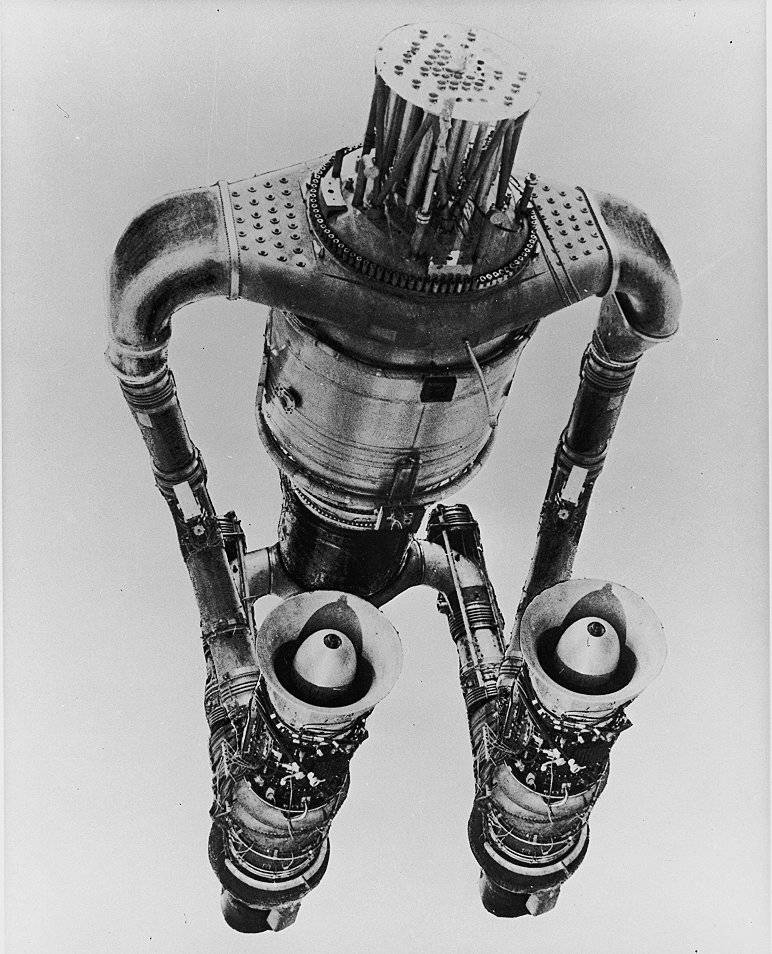
One of the measures to protect the crew from radiation was the maximum separation of the cabin and the power plant. The reactors were proposed to be placed in the tail of the fuselage. Protection elements were placed directly next to them. Other screens were located next to the cockpit or in other parts of the glider, covering people and sensitive equipment.
Atomic engines
General Electric and Pratt & Whitney offered several powerplant options for use on the NX2 with different designs and capabilities. It is curious that these engines were considered not only in the context of the CAMAL program. Such products or their modifications could find application on other aircraft.
GE's project, X211, proposed an open-cycle engine combining the XMA-1A reactor and a twin-compressor / twin-turbine system. The air from the compressor had to flow directly into the core, heat up to 980 ° C and exit through the turbine and nozzle. Such a design, according to calculations, made it possible to obtain maximum thrust with minimum dimensions.
P&W worked on two projects - X287 and X291. They offered a more complex enclosed engine. In it, the transfer of heat from the reactor to air was provided by an intermediate system with a liquid metal coolant. Such an engine was more complex, but safer for the environment.
According to calculations, the X211 engine could provide a thrust of approx. 6,1 t. The presence of a traditional afterburner made it possible to increase the thrust to 7,85 t. The competing "closed" engine had to show similar technical characteristics with greater safety.
When developing nuclear engines, specific problems had to be addressed. The reactor and other units were supposed to be small in size and weight. It was also necessary to protect the reactor from overheating, and the surrounding structures from the negative effects of excessive heat and radiation. It was necessary to provide procedures for the maintenance of engines and the aircraft as a whole.
As the NX2 was developed, the appearance of the power plant changed. Engines on the wing appeared and were removed; the number of nozzles in the tail of the fuselage was changed. In the latest version of the project, they stopped at two nuclear engines, each of which included one reactor and two gas turbine units.
Desired characteristics
The project of the latest version proposed the construction of an aircraft with a length of 50 m with a wing span of 40 m. According to calculations, the NX2 could fly at speeds up to 950-970 km / h at altitudes up to 12 km. It would also be possible to break through air defense at low altitude. The flight duration could exceed 24 hours, the range - at least 20-22 thousand km. The flight lasting a day required approx. 300 g of nuclear fuel.
For the placement of weapons, a large internal cargo compartment and suspension under the wing were provided. The plane could carry modern and advanced bombs and missiles, primarily strategic ones. It was noted that due to a fundamentally new power plant, which does not need a large supply of fuel, it is possible to significantly increase the combat load. On "traditional" aircraft, this parameter was no more than 10% of the takeoff weight, and on the atomic NX2 it was planned to get up to 25%.
Component testing
The final appearance of all the main components of the promising bomber was determined by the beginning of the sixties. So, in 1960, NASA carried out a blowdown of models in a wind tunnel and made proposals for improving the airframe. In particular, the need to use the front horizontal tail was confirmed.
By this time, tests of promising nuclear jet engines had begun. Idaho National Laboratory at EBR-1 has built two stands, HTRE-1 and HTRE-3, for testing GE engines. The Oak Ridge Laboratory worked with the P&W product. Experiments on several stands did not take long, and by the early sixties Convair and related organizations had all the necessary engine data at their disposal.
Project Finale
In 1960-61. the head contractor, Convair, continued to develop and improve the NX2 CAMAL aircraft, while the contractors were engaged in the improvement of power plants and the development of other products. In the near future, it was planned to submit the project materials to the customer for evaluation. There was still a chance that the Air Force would change its mind and decide to continue the project. In this case, over the next few years, an experienced bomber could appear - and after it, adoption into service should be expected.
However, the Air Force did not change its mind. The WS-125A / CAMAL atomic bomber project turned out to be too complicated, expensive and dangerous. A large amount of money had already been spent on the work, but the project was not yet ready, and its completion required new expenses and an indefinite time. Safety issues remained unresolved, both during normal operation and during accidents.
In general, the NX2 project had the same problems as all other developments in the field of nuclear aviation... Further development of this direction was considered inexpedient, and in March 1961, by the decision of the president, all work was stopped. 15 years of active research and spending at the level of $ 1 billion did not give any real result. The Air Force decided to abandon the atomic bombers.
At the time of the cessation of work, the Convair NX2 bomber existed only in the form of blueprints and models for purging. Also, layouts of individual units were made. The development of engines progressed further - they had time to be tested at the stand. Later, experimental engines from General Electric were partially disassembled and deactivated. Currently, two HTRE stands are monuments to themselves and are located in the parking lot at EBR-1.
The American program for the development of nuclear aircraft in general and the WS-125A project in particular did not lead to a radical update of the US Air Force fleet. However, they have generated a wealth of data and critical expertise. And also make the right conclusions and close the unpromising direction in time, insuring yourself against unnecessary costs, operational problems and environmental disasters.
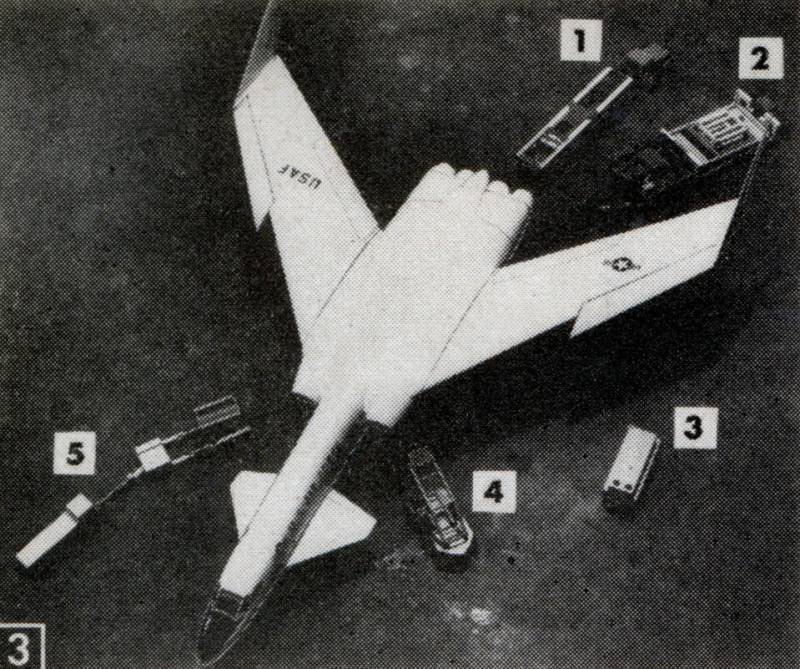
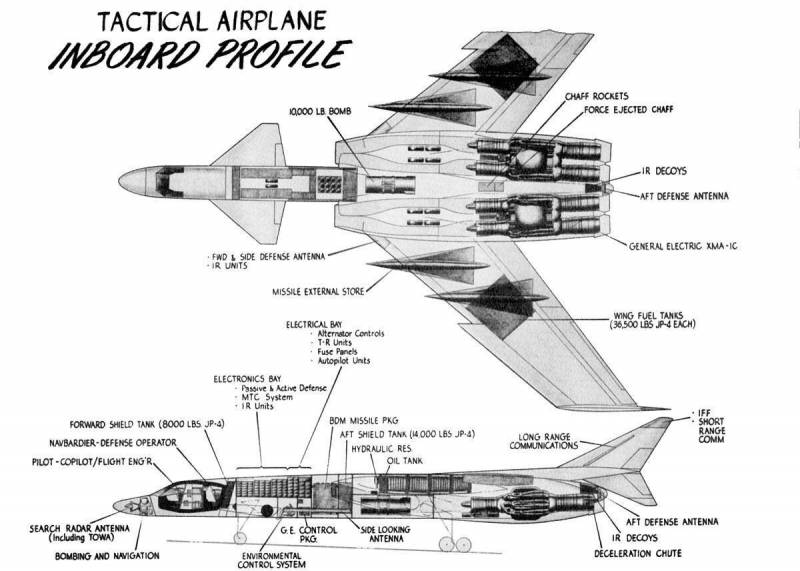
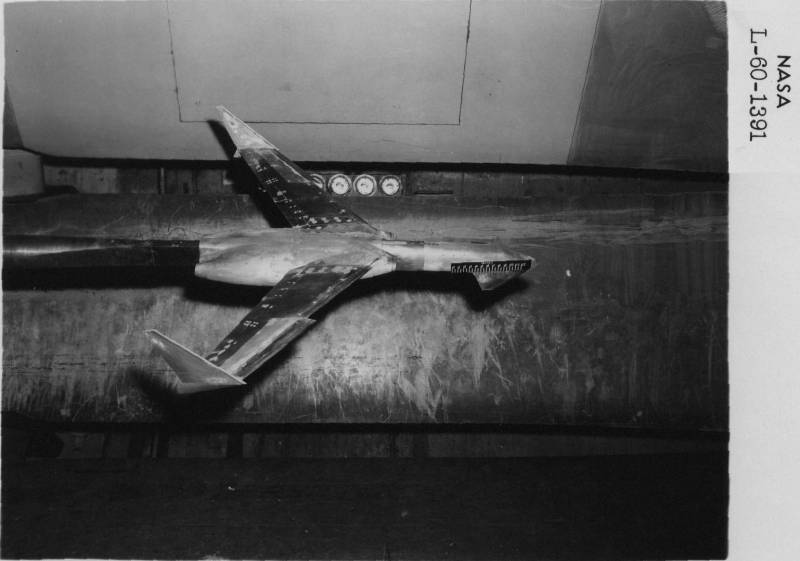
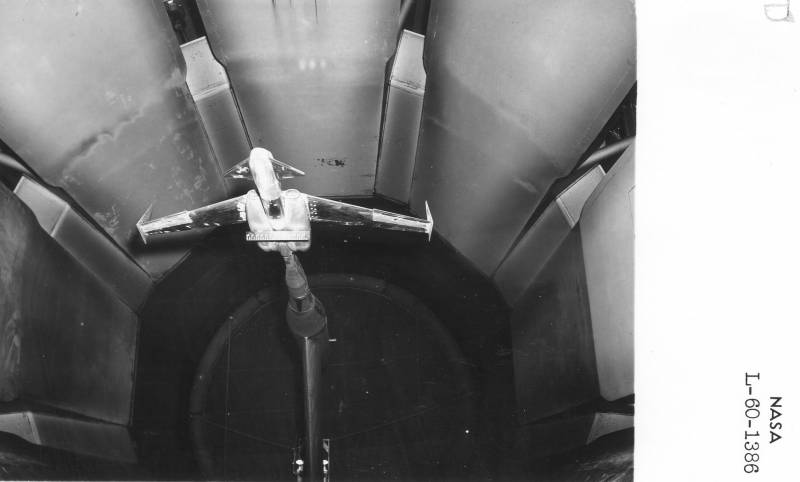
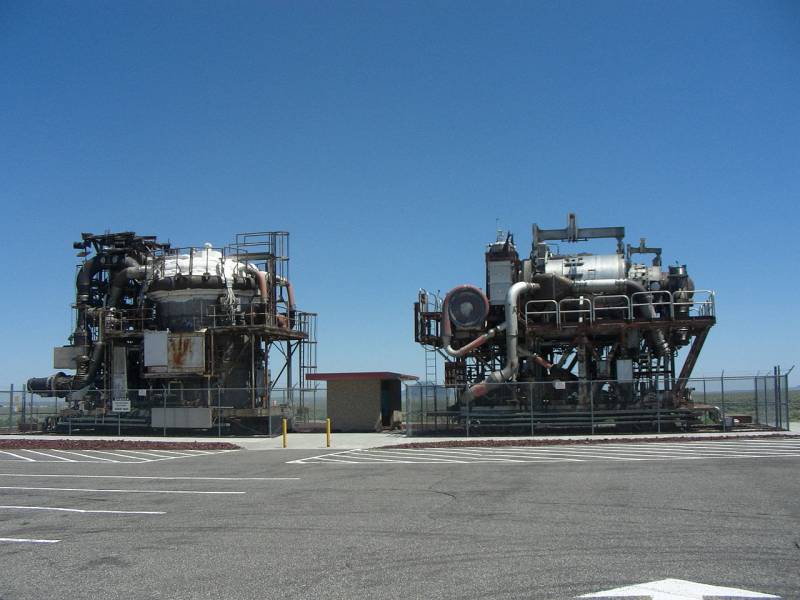
Information